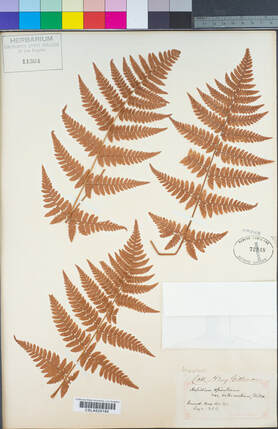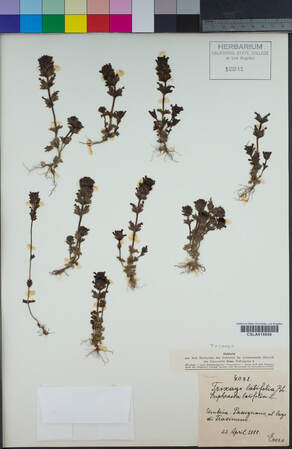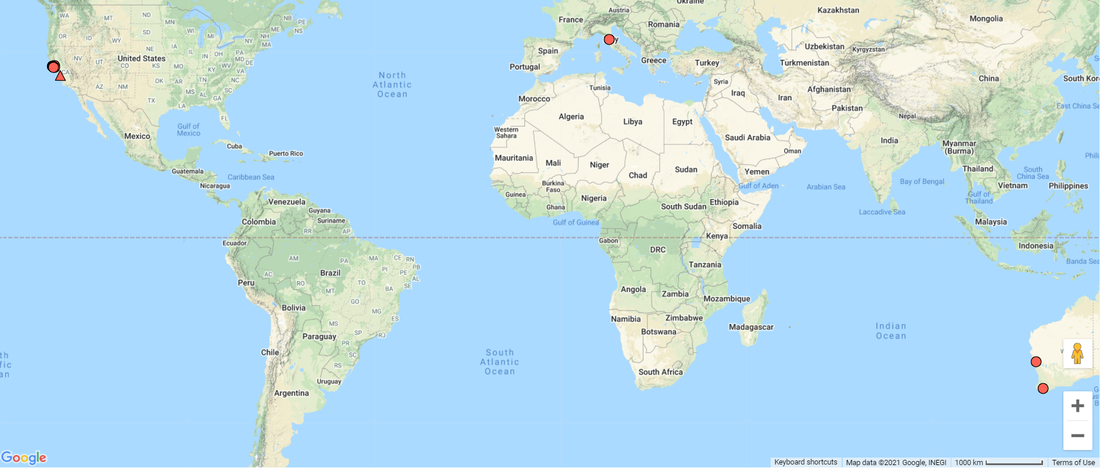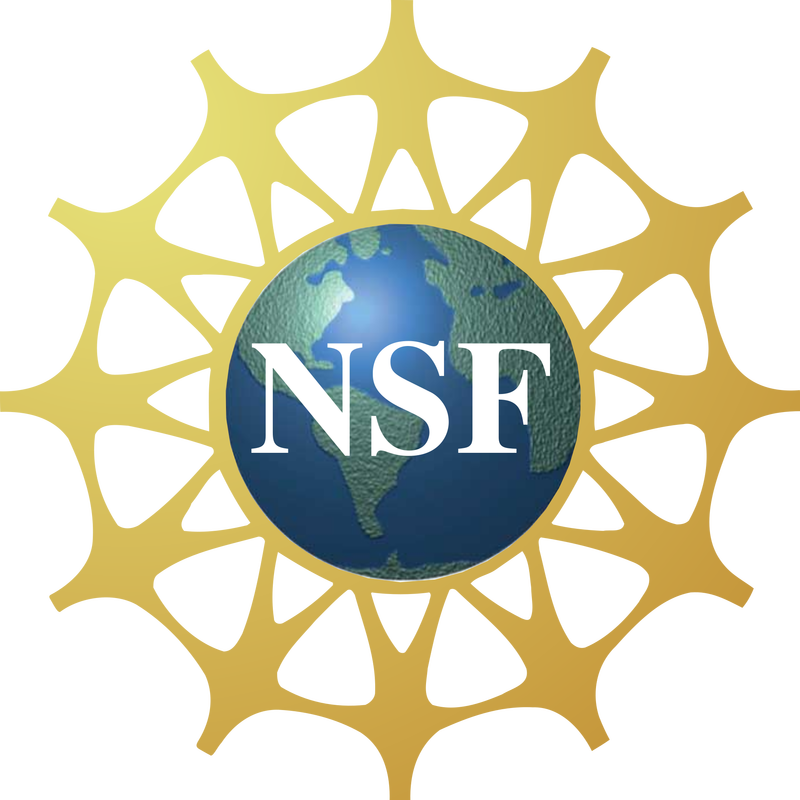Digitization reveals unexpected discoveries, not only in botany, but in history. Each specimen represents a plant and at least one person: their journey, their interests, and their circumstances.
Prior to the California Phenology Network, the Cal State Herbarium (CSLA) was in "the dark." No specimen data had been transcribed and no specimens were imaged. Now, thanks to digitization efforts from students, technicians, and hundreds of dedicated volunteers (especially on Notes from Nature!), new stories are coming to light.
This month, Notes from Nature volunteers polished off the 5th expedition of CSLA herbarium specimens, containing over 2,800 records from across the globe. The spatial and temporal range of specimens in this collection continues to amaze. Specimens from Australia, Canada, Ireland, and Malaysia were included in the mix, ranging in collection date from 1874 to 2001.
| The oldest specimen in this assemblage was a delicate woodfern, Aspidium spinulosum var. intermedium, now known as Dryopteris carthusiana. This specimen was collected by one Henry Gillman in 1874 near Concord, Massachusetts. Henry Gillman was not a famous botanist. Our research suggests that he was an Irish archeologist with some interests in botany, though much of his efforts were spent on advocating for the rights of Jews (at one point, he was even received by the pope for his efforts!).[1] Gillman collected this fern when he was 41 and working as the assistant superintendent of construction for several lighthouse districts near the Great Lakes. Why he was in Massachusetts collecting woodland plants at that time is up for speculation, but likely has to do with his apparent love for the woods. |
| Another noteworthy collection from this batch of specimens is this early specimen of red tarweed (Orobanchaceae), now known as Parentucellia latifolia. This species originates from Europe, and indeed, the specimen was collected in Umbria, Italy in 1888. Why would an Italian plant be of any interest to California botanists? Red tarweed has since become a weed in several parts of the world, including Australia and California, where it takes advantage of their Mediterranean climates. Having a historic specimen from the native distribution of this species can help us understand how the plant has invaded and whether it has changed to adapt to its non-native range. It is also an important reference for anyone attempting to identify a unknown plant collected in California. They just might find that this unassuming herb has spread further than we previously thought! |
These any many more specimens are being uncovered by digitization efforts of the California Phenology Network and countless others. In aggregate, the data enable powerful research that reveal trends in ecology and evolution. Singularly, the specimens provide snapshots into times past, representing the stories of people, places, and the plants the undergird them all.



